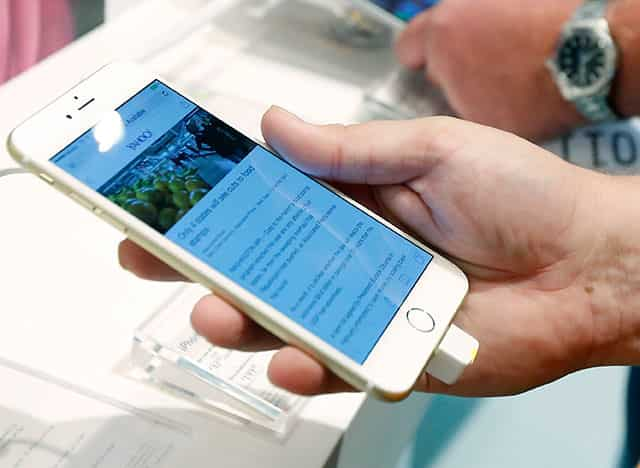To make India truly digital, target the poor, not rich
America’s Federal Communications Commission (FCC), the powerful regulator for all communication, has proposed that poor citizens of the US should have subsidised access to the internet via broadband.
America’s Federal Communications Commission (FCC), the powerful regulator for all communication, has proposed that poor citizens of the US should have subsidised access to the internet via broadband.
According to a report in the New York Times last week, the FCC believes that the subsidy programme, named Lifeline, will be in line with its view that high-speed internet access is on a par with other essential services for the well-being of the poor such as education, food and housing.

In fact, for the past three decades, low-income Americans have been getting telephone services at subsidised rates and this has contributed in improving their quality of life in many ways, including ready access to medical care and jobs.
When the Lifeline programme is introduced, they will also get cheap access to broadband services — till now affordable only to those who are better off. There could be a pointer in this for Prime Minister Narendra Modi’s ambitious vision for a Digital India.
In February 2014, when Mr Modi was still chief minister of Gujarat, he had outlined his vision at a summit where he spoke about his dreams of building a Digital India: of creating high-speed digital highways to unite all of India and connect its 1.25 billion people; of providing every Indian hurdle-free access to information, government services, social media, financial services, healthcare, and education; and of making every Indian a digitally empowered netizen.
The vision for Digital India also featured prominently in his election campaign. And sure enough, after becoming Prime Minister, Mr Modi flagged off the project. But it is one that is probably among India’s most challenging and also costliest.

One study estimates a staggering investment of Rs 1.13 lakh crore, which includes setting up a nation-wide optical fibre network and other infrastructure, but none has dared to set a deadline for when that massive project could see fruition.
Around 4 billion people in the world remain offline (that is, they have no access to the internet) and a fourth of them are in India. Last year, the number of internet users in India grew by an impressive 14% but nearly a billion Indians remain offline.
The infrastructure aspect of the task of providing every Indian a connection to the internet is mammoth; and, while the government certainly has to play a big role — something that Mr Modi’s administration has been quick to take the lead in — it will not be possible without strong support from private players, whose response till now has been tepid.
Understandably so, because investing in big infrastructure projects remains risky in India, chiefly on account of the uncertainty of returns.

But that’s the infrastructure aspect. There is another. It is by now nearly a truism that the future of the internet — how it will be accessed, how it will be used, and how it will be leveraged (commercially or otherwise) — is going to be mobile.
More people access the internet on mobile phones than by any other means. In India, despite internet speeds being less than half the global average, 70% of internet page views are on mobile. While speeds will likely improve with the advent of newer-generation services, the bigger problem is the bias of internet-based businesses.
Most of them target the relatively rich, not the poor. Disproportionately large sums of money are poured into nearly identical ventures, some of them with seemingly witless business models: e-retailing websites and loss-making urban online cab services are two examples of entrepreneurs, financiers, techies and marketers opting to join the herd rather than be innovative.
As mobile devices become increasingly affordable for the poorer segments of the population, vastly scalable opportunities will open up in areas such as financial services (example: a service that migrant workers in cities can use to remit money to their families in villages), education (distance e-learning services) and healthcare (access to medical counselling in areas where such facilities are scarce).
In 2004, the late CK Prahalad, along with Stuart L Hart, had published The Fortune at The Bottom of the Pyramid on the theory that the poor should be viewed not as victims of their unfortunate circumstances but as consumers who demand value. If today’s digital entrepreneurs look at the bottom rather than only aiming for the top, Digital India could perhaps become a reality.
(The author is the editor-in-chief of Hindustan Times. He tweets as @sanjoynarayan)




